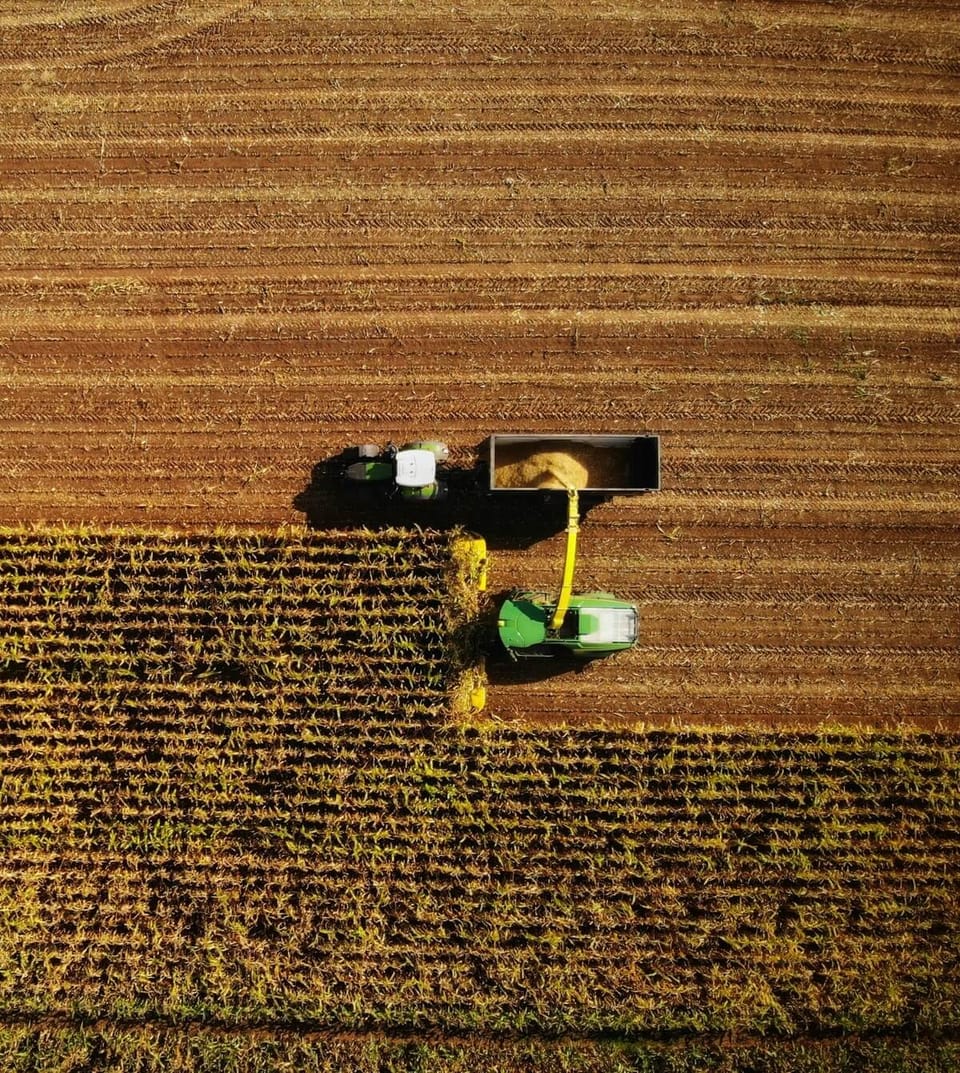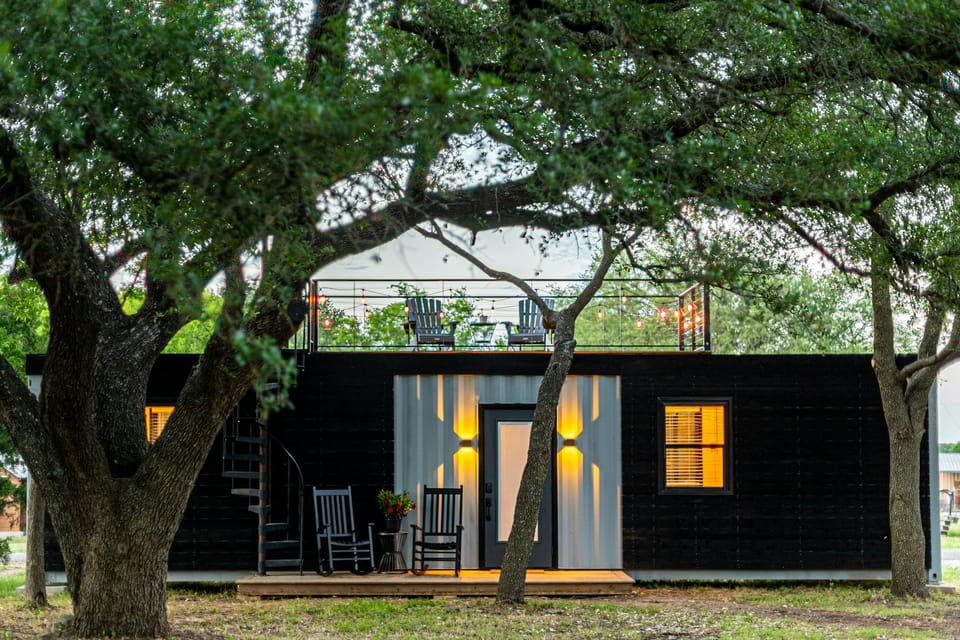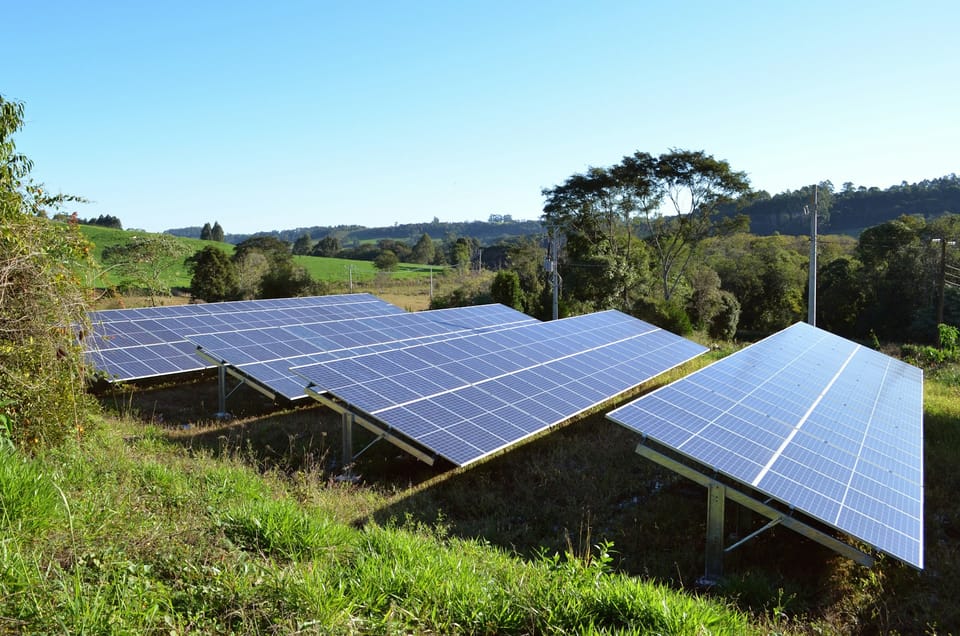Warka Water Tower - Handmade Structure Produces 25 Gallons of Water Every Day From Atmospheric Water Vapors
Designed for underserved communities, the Warka Water Tower captures moisture from the air to provide safe, drinkable water—using sustainable materials, zero electricity, and ingenious biomimicry.
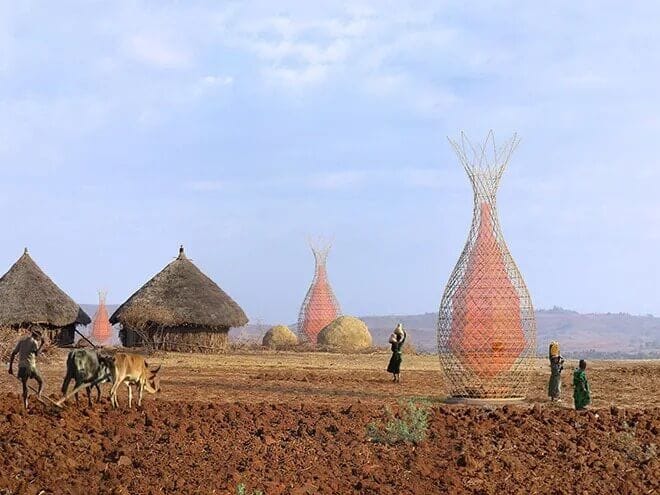
It is estimated that more than 800 million people around the world don’t have access to safe drinking water. Also, around 1,400 children under the age of five die every day from water-borne diseases.
In remote localities, women and children have to walk several miles to collect potable water from wells or lakes. This water is generally not fit for human consumption. Overtime, most of the wells have dried up and the ground water level is dropping at a very fast pace.
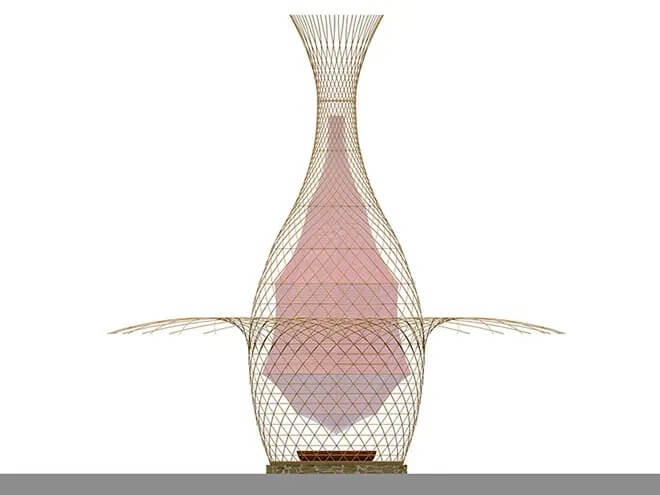
Keeping this in mind and concerned with the problems of villagers, Arturo Vittori, decided to find a solution to this problem. Eventually, after multiple levels of testing and re-designing, he conceptualized a tower which would use atmospheric water vapor to produce water.
Warka Water tower
He named it Warka Water tower. These Warka Water towers mimic the shape of beetles and are gigantic 30 feet tall towers which can collect about 25 gallons of drinkable water every day by harvesting the water vapor in the atmosphere.

Each Warka Water tower has two sections: a semi-rigid exoskeleton made by tying stalks of bamboo or juncus together and a plastic mesh, reminiscent of the bags oranges come in. The polypropylene and nylon fibers act as a scaffold for condensation. When the droplets of dew form, they go into a basin at the base of the structure through the mesh. A Warka Water tower can be built in about a week’s time by engaging 4 people and costs approximately $550. It can be made by using materials available locally. The tower is integrated with the natural landscape using natural fibers.
Ideal for Deserts or Drought impacted regions
These Warka Water towers are being used in Namib desert in Africa to produce water and meet the needs of the local community.
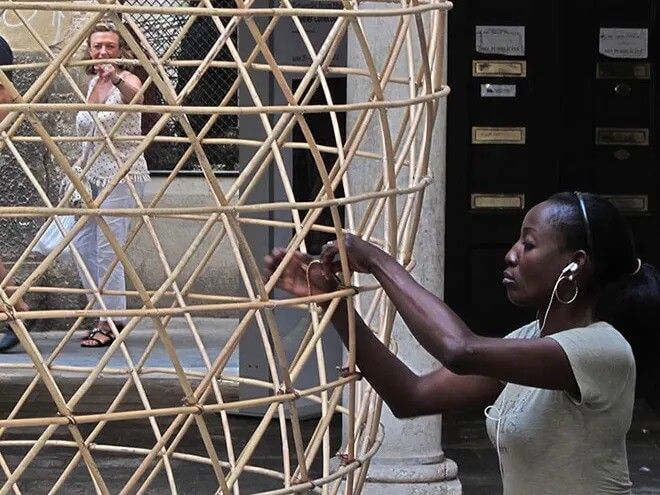
These Warka Water towers can be used in water thirsty villages in developing countries. We appeal to all the readers to help us spread this article to a larger audience and get their support. Also, we appeal to the Government and local authorities to evaluate the merits of this technology and explore the possibility of harnessing it to the benefit of the people.







